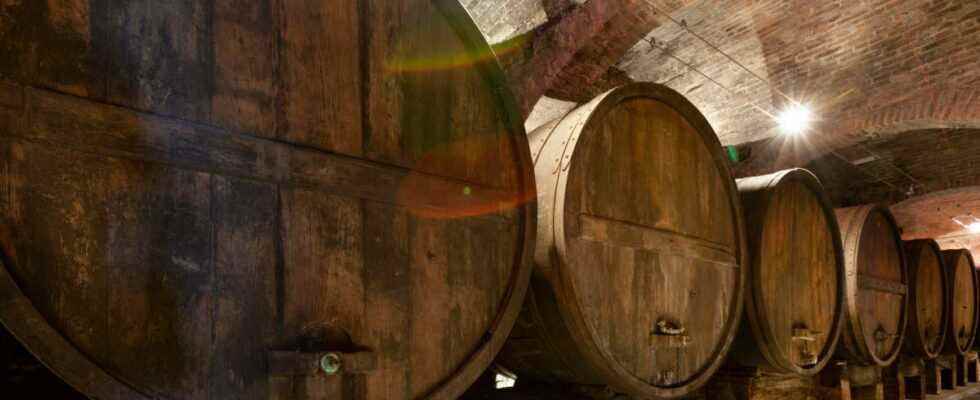What is breeding for?
Between the end of fermentation and marketing, the wine will evolve. During this aging process, which can last several weeks, the wine gets rid of its residues, becomes clearer and rounder. Contact with oxygen modifies aromas and softens tannins to reduce astringency. Whether in barrels (10% of French production), in stainless steel or cement vats, in concrete eggs, all wines undergo a period of ageing. The only exception is primeurs, such as Beaujolais Nouveau.
Why choose wood?
Aging in wood improves the “performance” of the wine. How ? First, it develops more or less pronounced aromas depending on the degree of toasting. More and more winegrowers go to cooperages to choose the wood and especially the type of toast to give the taste they are looking for. Aromas of vanilla betray a light toast. A more intense burn gives a nose of toasted bread and caramel. Second, it refines the tannins. The drying tannins of the wine and those of the wood of the wood combine to bring suppleness and fatness. Finally, it brings oxygen. Unlike a stainless steel tank, wood allows the micro-oxygenation of the wine necessary for its ageing.
Why choose oak barrels?
Along with walnut and chestnut, this essence is the richest in tannins. The proof ? In the past, cabinetmakers avoided oak as a support for plywood. Indeed, over time, the tannins migrate to the veneers, darkening them and degrading the marquetry on the surface. Since then, they have replaced it with beech.
The role of barrel size
The size of the container influences breeding. In a barrel (225 liters for Bordeaux, 228 liters for Burgundy), the wine is much more in contact with wood and air. It will therefore ripen more quickly and take on a more woody taste. In a large barrel (600 litres) or a cask (10 to 200 hl), the wine will acquire a patina more slowly and above all retain its fruit aromas.
New or old barrels?
You have probably noticed, in the technical sheets, the mention barrels of several wines. This means that the wine was aged in barrels that have already been used. A second-hand, second-hand barrel promotes aging without affecting the taste of the wine too much. A new barrel, richer in tannins, leaves more of a woody taste.
But beware: only powerful grape varieties, such as Cabernet in Bordeaux, are resistant to new wood. Wines that are too light or too simple will be crushed by the addition of wood. The poison is in the dose!
Is wood a guarantee of quality?
Wood and wine quality have long been associated. This belief was well founded. The winegrowers, who used barrels, brought more care, more attention to their wines. Hence the higher price too. This is no longer the case today. You can have very good wines aged in stainless steel vats and bad wines from barrels. It’s all about taste. An unoaked red will be tasted on the fruit. A woody cuvée will wait in the cellar where it will develop its tertiary aromas. You will taste an unoaked white as an aperitif. Woody, it will ideally accompany white meats or cheese.
